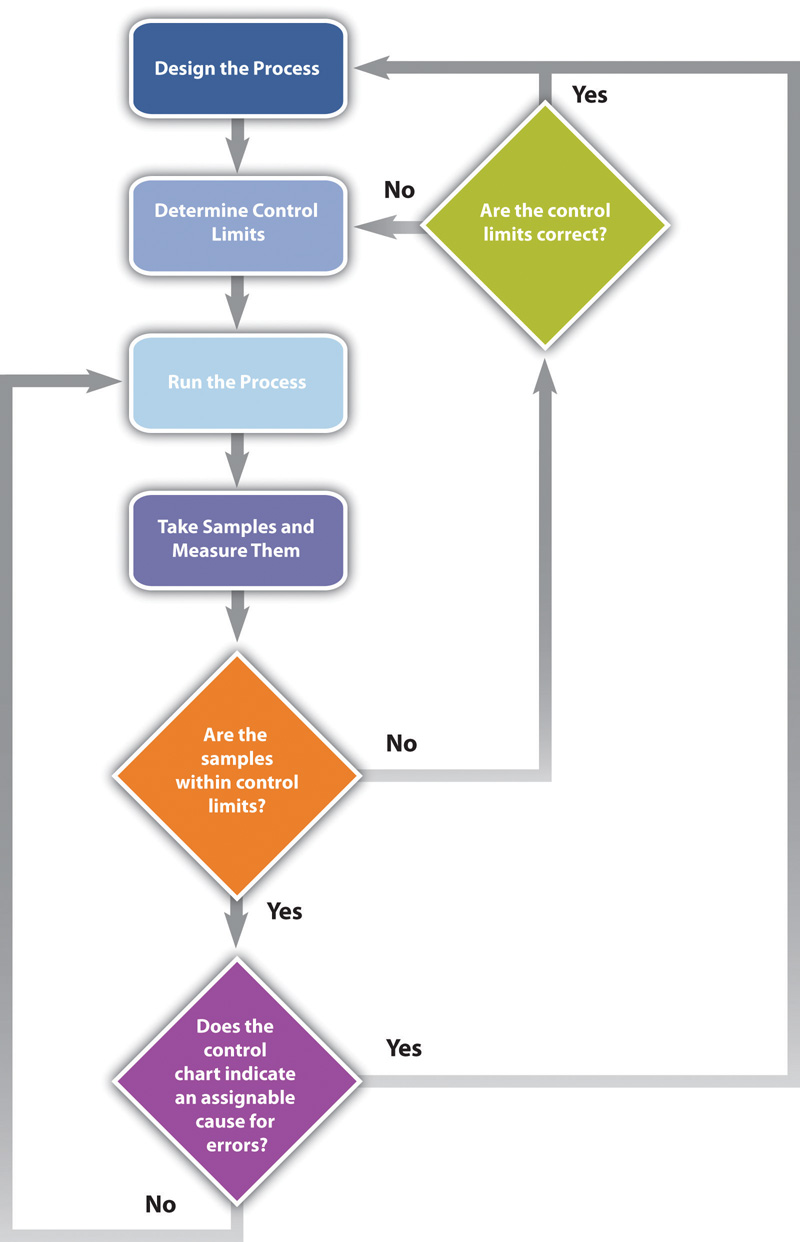
Visitors with confirmed SARS-CoV-2 infection or compatible symptoms should defer non-urgent in-person visitation until they have met the healthcare criteria to end isolation (see Section 2) this time period is longer than what is recommended in the community.Patients should be managed as described in Section 2.Provide guidance (e.g., posted signs at entrances, instructions when scheduling appointments) about recommended actions for patients and visitors who have any of the above three criteria.The definition of higher-risk exposure and recommendations for evaluation and work restriction of these HCP are in the Interim Guidance for Managing Healthcare Personnel with SARS-CoV-2 Infection or Exposure to SARS-CoV-2.Instruct HCP to report any of the 3 above criteria to occupational health or another point of contact designated by the facility so these HCP can be properly managed.3) close contact with someone with SARS-CoV-2 infection (for patients and visitors) or a higher-risk exposure (for healthcare personnel (HCP)).1) a positive viral test for SARS-CoV-2.Establish a process to make everyone entering the facility aware of recommended actions to prevent transmission to others if they have any of the following three criteria:.Dating these alerts can let help ensure people know that they reflect current recommendations. Post visual alerts (e.g., signs, posters) at the entrance and in strategic places (e.g., waiting areas, elevators, cafeterias) These alerts should include instructions about current IPC recommendations (e.g., when to use source control and perform hand hygiene).Ensure everyone is aware of recommended IPC practices in the facility.HCP, patients, and visitors should be offered resources and counseled about the importance of receiving the COVID-19 vaccine.Įstablish a Process to Identify and Manage Individuals with Suspected or Confirmed SARS-CoV-2 Infection.Recommended routine infection prevention and control (IPC) practices during the COVID-19 pandemicĮncourage everyone to remain up to date with all recommended COVID-19 vaccine doses. CDC’s main landing page for COVID-19 content will help readers navigate to information regarding modes of transmission, clinical management, laboratory settings, COVID-19 vaccines and CDC guidance on other COVID-19-related topics.Įmployers should be aware that other local, territorial, tribal, state, and federal requirements may apply, including those promulgated by the Occupational Safety and Health Administration (OSHA).ġ.

This guidance is not intended for non-healthcare settings (e.g., restaurants) and not for persons outside of healthcare settings. settings where healthcare is delivered (including nursing homes and home health). This guidance provides a framework for facilities to implement select infection prevention and control practices (e.g., universal source control) based on their individual circumstances (e.g., levels of community transmission). Updates were made to reflect the high levels of vaccine-and infection-induced immunity and the availability of effective treatments and prevention tools. This interim guidance has been updated based on currently available information about COVID-19 and the current situation in the United States.

Updated recommendations for testing frequency to detect potential for variants with shorter incubation periods and to address the risk for false negative antigen tests in people without symptoms.Updated circumstances when universal use of personal protective equipment should be considered.Updated circumstances when use of source control is recommended.Updated to note that vaccination status is no longer used to inform source control, screening testing, or post-exposure recommendations.


 0 kommentar(er)
0 kommentar(er)
